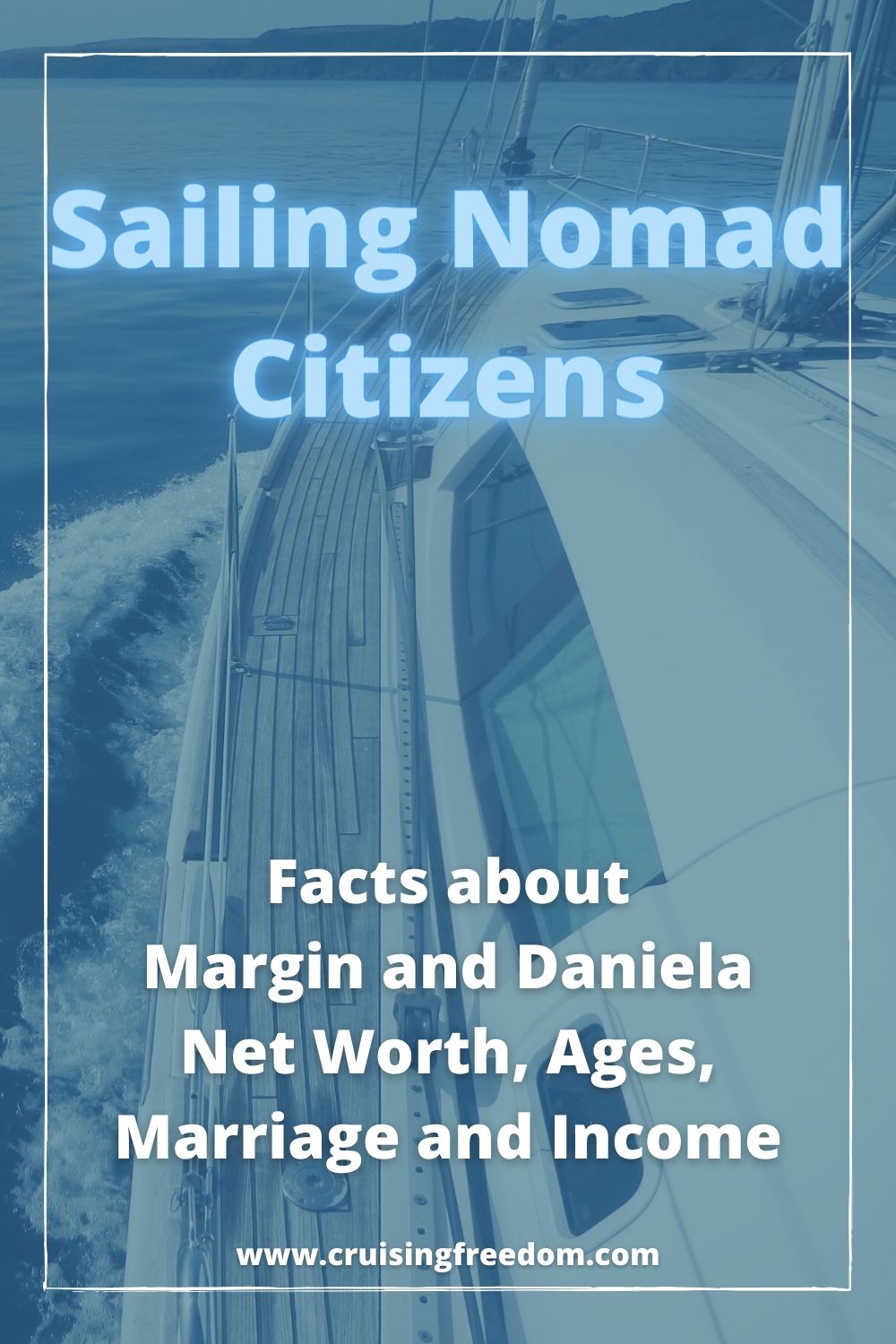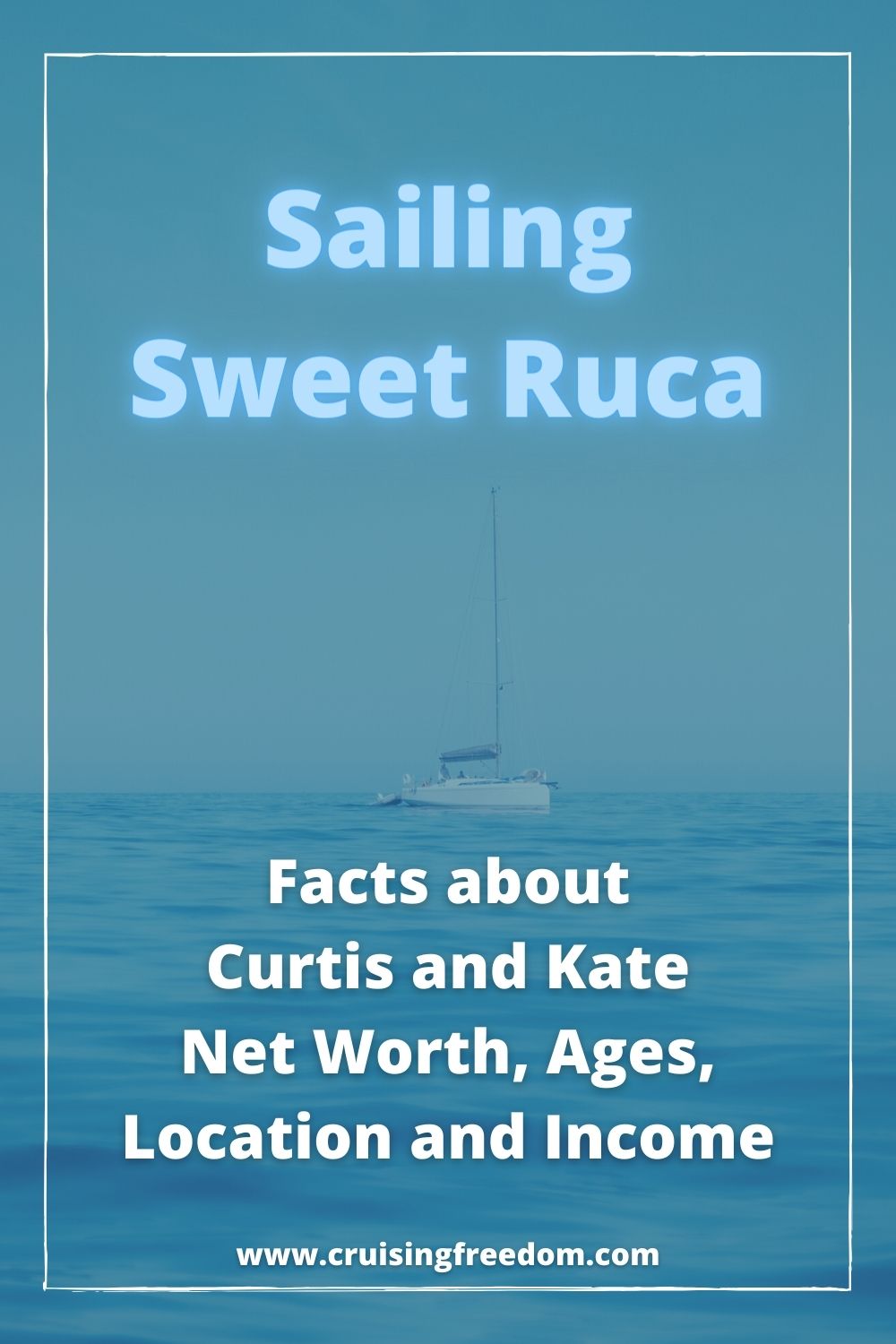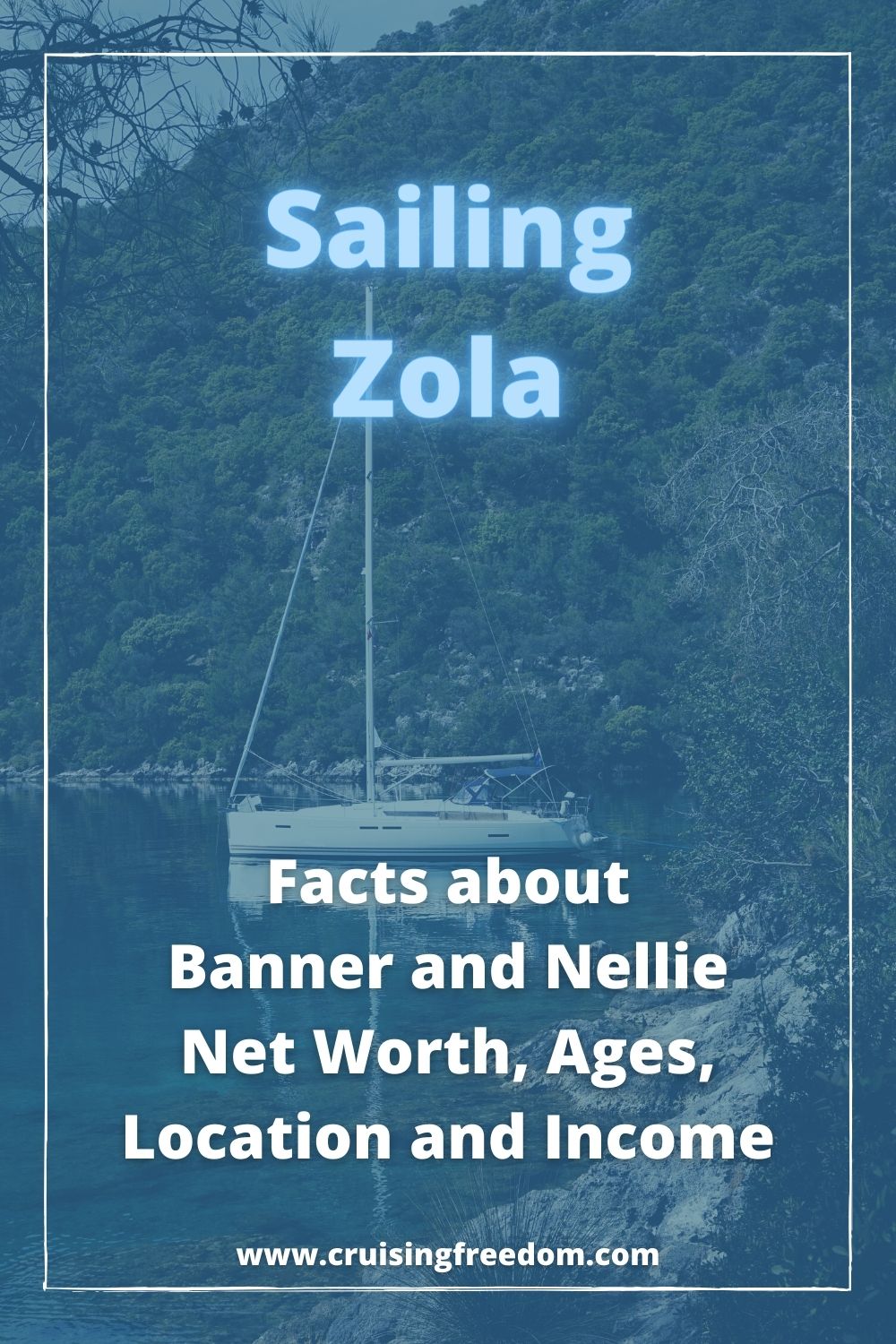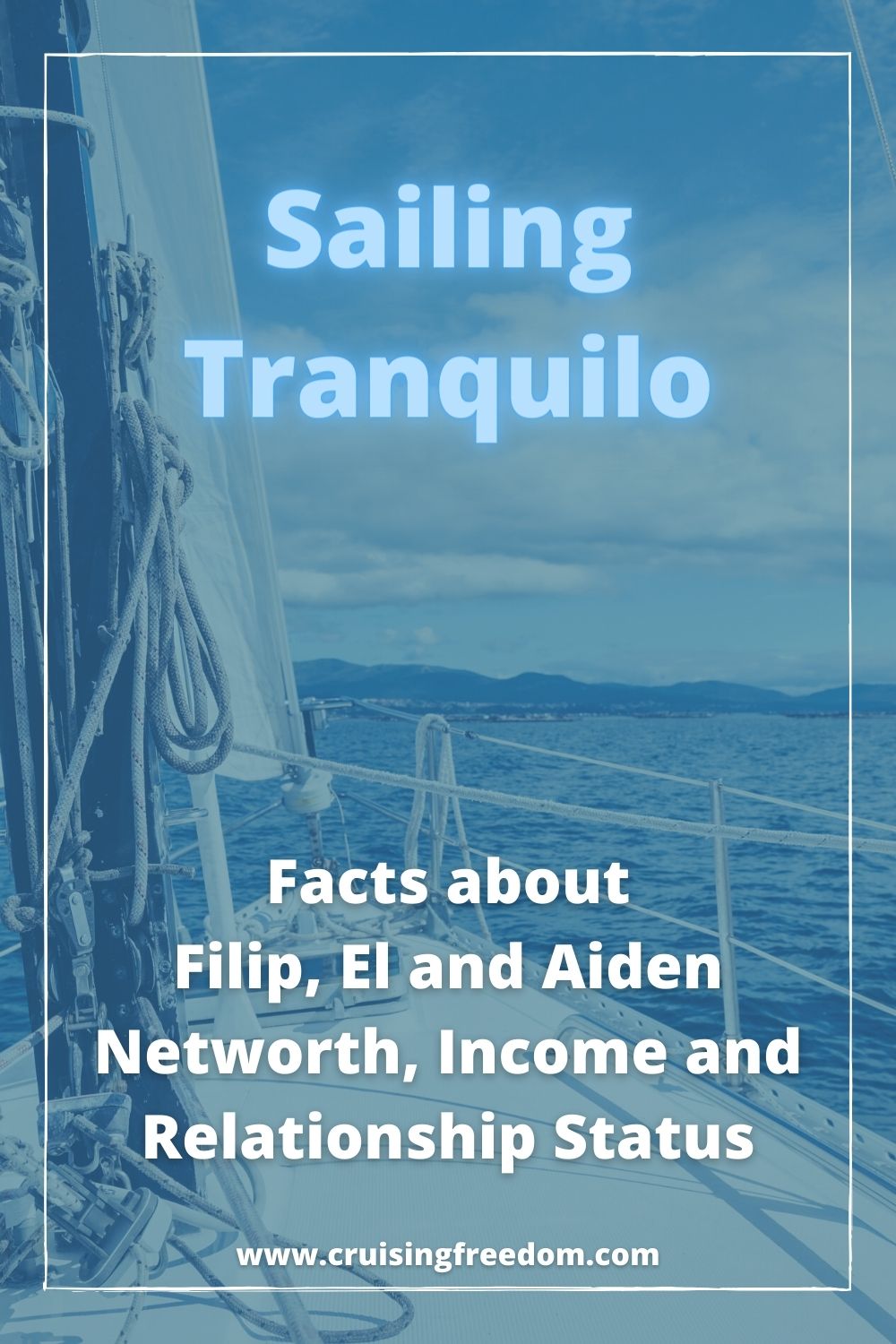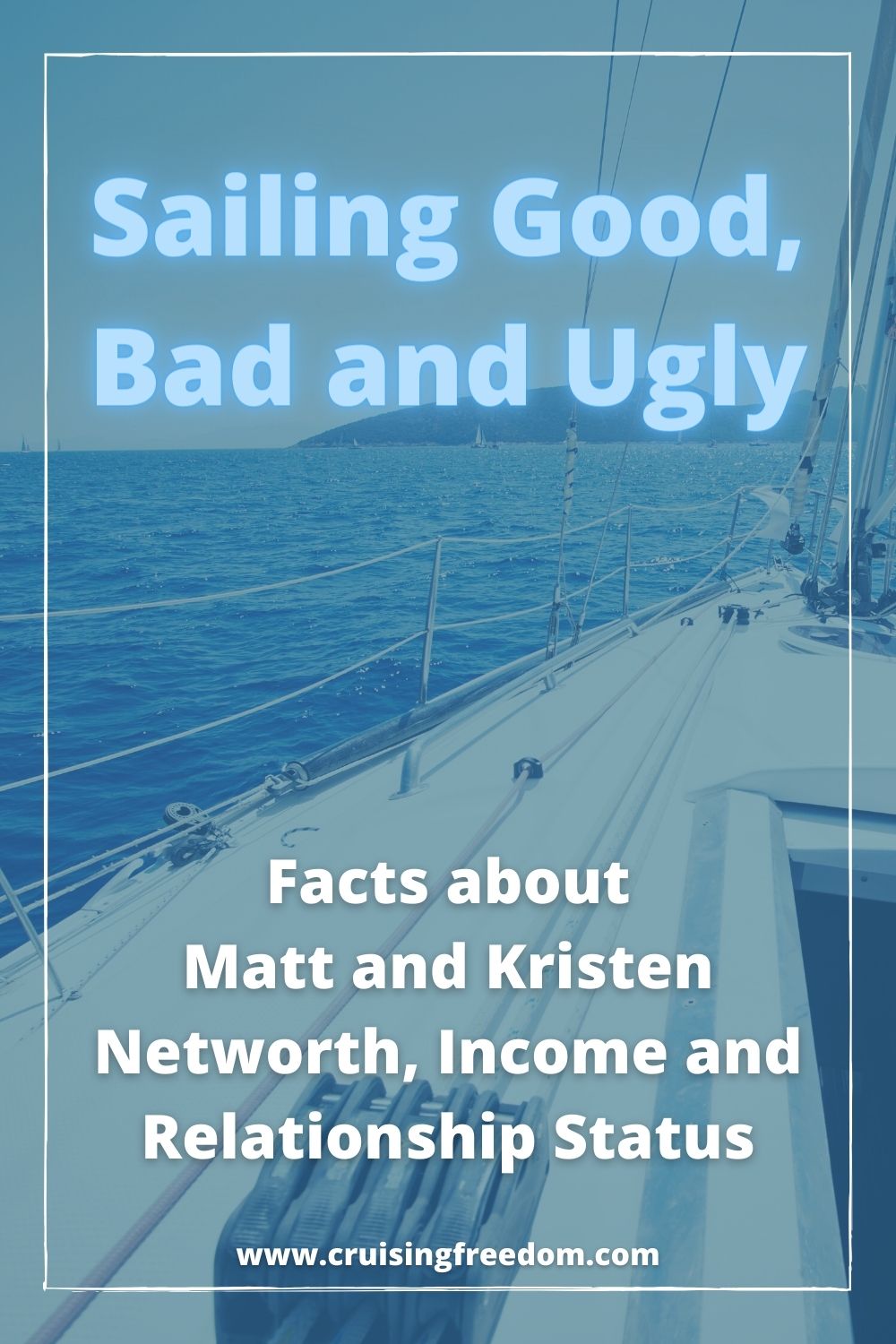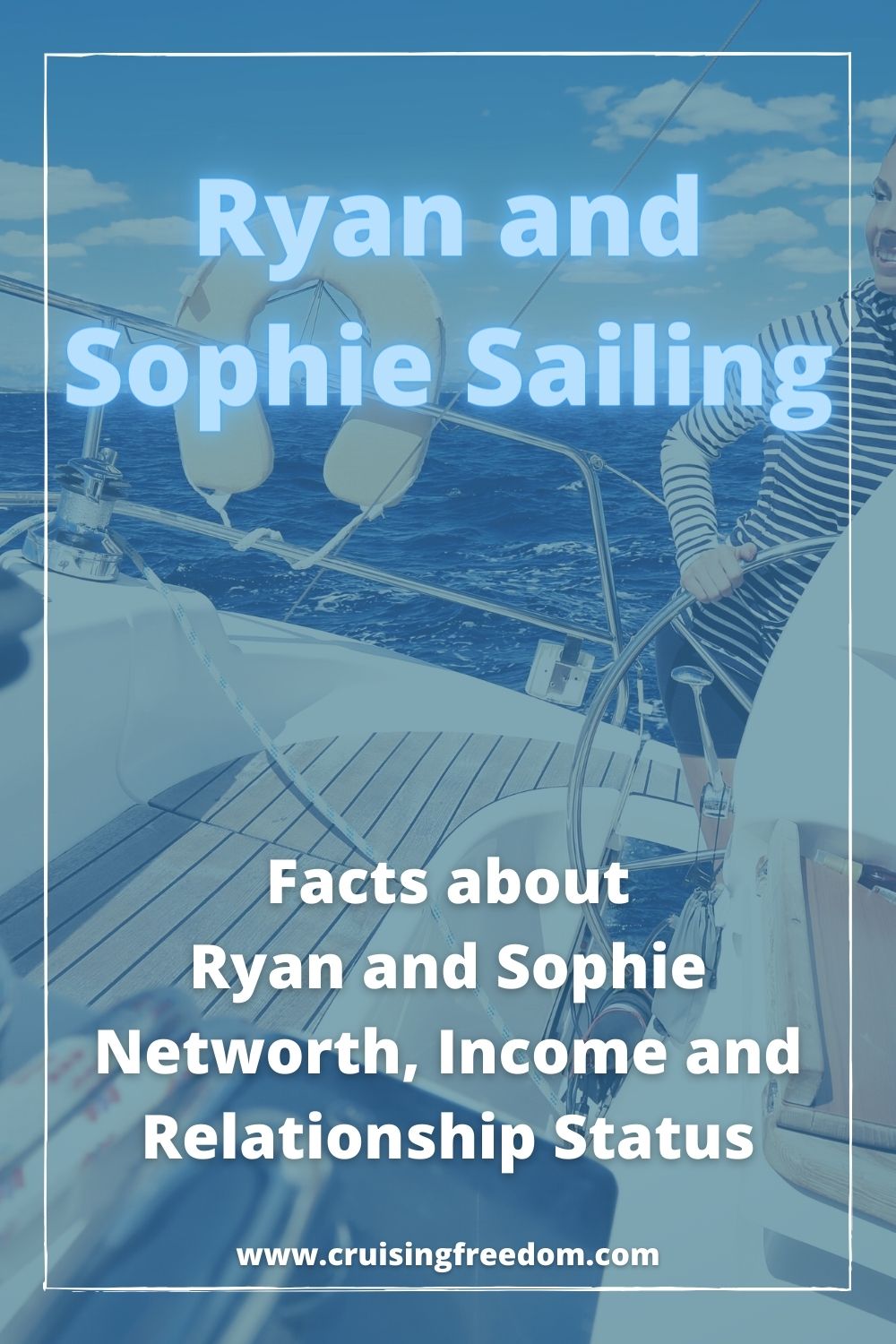Everything You Always Wanted To Know
Joshua Smith
Founder and Editor at Cruising Freedom
This is the definitive guide on Sailing Nomad Citizens for 2023.
Over the last 2 years, I have spent many hours watching and researching everything I could about the Nomad Citizens channel to learn more about their story.
(Yes, I really am *that* obsessed with Marin and Daniela 😃 their story inspires me!)
If you wanted to know:
➜ How this family afforded their boat
➜ If they’re making good money on YouTube
➜ What boat do they have and its upgrades
➜ If you can access uncut Vimeo content
➜ How you can start crossing oceans
Then you’ve definitely come to the right place.
Before we start, a quick introduction from me…
The Cruising Freedom Author
Ahoy, Matey! I’m Joshua from Australia.
I’ve built the perfect business to sail the world.
A business model which can allow me to:
➜ Own a catamaran debt-free
➜ Go for weeks without WIFI
➜ Create semi-passive income
➜ Inspire others to dream big
But more on that later… 🙂
Sailing Nomad Citizens FAQs (April 2023)
Boat Name
S/V Nomad Citizen
Crew Members
Marvin Heurt (age 33)
Daniela Milan (age 29)
She’s a yoga enthusiast and enjoys her time in front of the camera. Both her and Marvin are mixed nationality and live as nomads, hence the name of their YouTube channel.
They also have their two kids on board. One is 3 and the other is almost 1 years old.
The Boat
Their boat is a Beneteau Oceanis Clipper 47.3 (sometimes referred to as the ‘473) built in France.
This is the owner’s version as opposed to the more popular charter version, and it has 2 cabins and 2 heads.
While it isn’t popular as a bluewater cruiser (it’s heavy and slow), Marvin and Dani have certainly made it work for them.
Upgrades
They have upgraded their yacht with:
➜ Charging station for their electrical gear (cameras, laptops and more)
➜ B&G AIS and Chartplotter
➜ Secondary anchor with chain and lines
Location
They are currently in The Caribbean, as we can see one of their latest videos:
Past Cruising
So far since starting their YouTube channel, they have taken their yacht to:
➜ France
➜ Algarve
➜ Reunion Island
➜ Portugal and Balearic Islands
They are currently in the Caribbean
Affording It
Marvin and Daniela had worked for several years before they had kids while saving up enough to purchase their beautiful vessel. They didn’t come from rich parents and chose to be resourceful to attain their dream.
Net Worth
As of 2023, Sailing Nomad Citizens have a net worth of $1,100,000.
Making Loot
They make $5,900/month on YouTube by:
➜ Referrals to yacht products
➜ Selling their own merchandise
➜ Patreon and PayPal donations
They don’t offer uncensored content or OnlyFans access, although it’s been highly requested.
Collaborations
On their channel, they haven’t yet featured other YouTubers. There aren’t too many other channels like theirs although RAN Sailing is the closest.
Big Moments
Some incredible moments from their journey include:
➜ Losing their engine onboard
➜ Assisting other boats who were dragging anchors
I must admit, this was a little over-dramatized
Future Plans
Where to next? It’s likely they’ll be sailing with their children for years to come (including homeschooling on the boat) and will continue their YouTube videos.
It’s more than likely that they’ll do the South Pacific cruise through to Australia.
Key Takeaways
What can we learn from this wonderful family?
➜ Use the resources you have available
➜ Don’t be afraid to sail with young kids
➜ You CAN cross oceans with a Beneteau
➜ Buy a yacht that is safe and comfortable
…and have a ton of fun! We only live once.
Conclusion
Sailing Nomad Citizens joins a list of cruising YouTubers who have young children on board, including:
➜ SV Delos
➜ Sailing La Vagabonde
➜ Sailing Nandji
They all remind us that life is worth living for today, not tomorrow. I certainly cannot wait to see what’s next!
Create Your Own Cruising Freedom
Hey! 😃 it’s Joshua again…
I’ve been very inspired by Sailing Nomad Citizens and their travels…
Some say I’m obsessed, but sailing the world is my childhood dream.
They’re a family living the dream, but that dream is quite attainable.
I mentioned earlier about discovering the #1 cruising business model.
With this exciting opportunity, I’ll be able to:
➜ Generate a sustainable full-time income through learning basic skills
➜ Fund the purchase of my first sailing catamaran without any loans
➜ Do it without selling to friends and family (I found a better solution!)
➜ Share my lifetime passion for sailing, cruising and global adventures
Keen to discover more? Jump on the free training right now. 👨🏻💻
(I share more about it on the next page…🙂)
